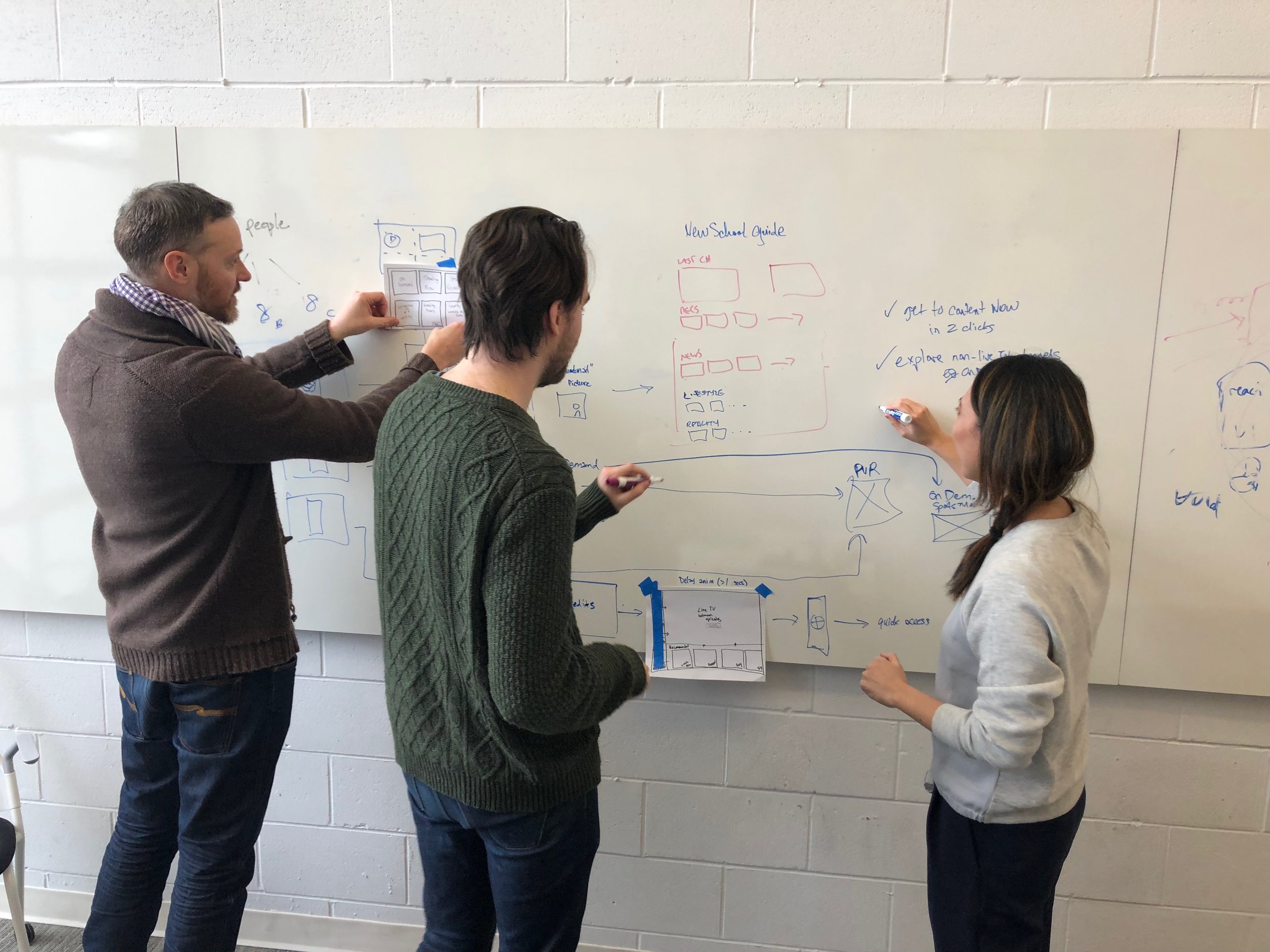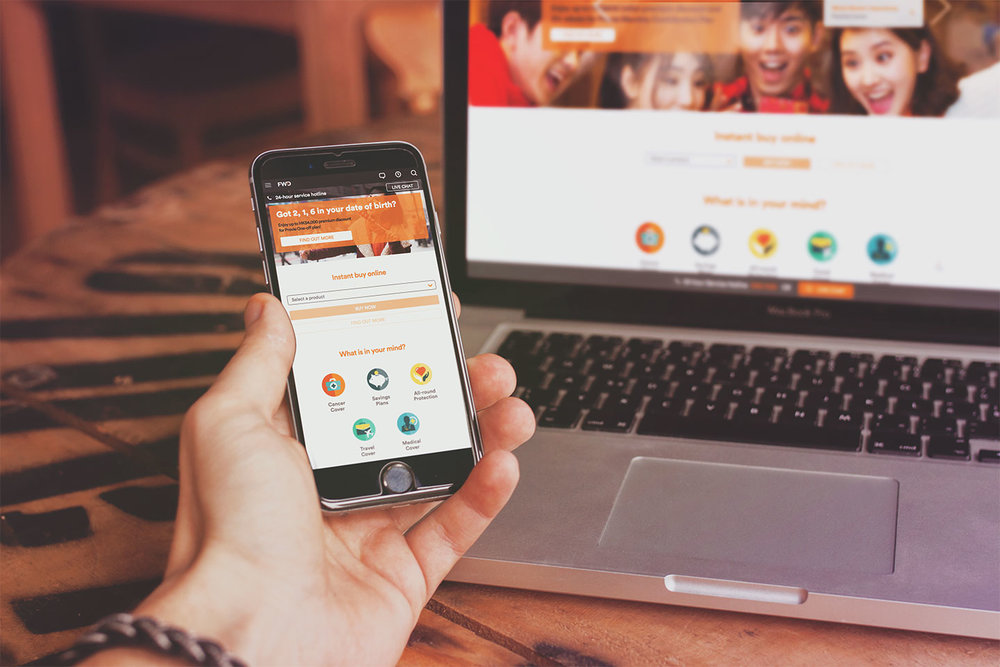Steeped in Flow
In 2017, I published a paper with Dr. Eli Blevis as part of a partnership between the PolyU School of Design, Indiana University, and the University of Bristol. Further Connect Sustainable Interaction Design and Sustainabile Digital Infrastructure Design was also published in the 2017 ACM workshop, Computing Within Limits.
My Role
From 2015-2016, I focused my Master of Interaction Design thesis on well-being and disconnecting, with the help of Dr. Eli Blevis, Dr. Kenny Chow, and Dr. Ilpo Koskinen.
Inspired by Mihaly Csikszentmihalyi's concept of Flow, a positive psychology, I designed a working tea set that had tangible and embedded interaction to help people disconnect from their online time in order to find balance with face-to-face time with the people who mattered most to them.
Featured in Visual Thinking Gallery in ACM Interactions Magazine (Jan-Feb 2017)
The Challenge
Disconnecting in order to find balance
- Positive effects of social media and digital growth include an increased sense of belonging and reach (Bauerlein, 2011)
- Recording a person’s “best” moments has found to boost self-worth and esteem when they look back at the archive for several minutes (Gonzales & Hancock, 2011; Toma & Hancock, 2013)
- However, Dr. Sherry Turkle (2012) notably claims that we are “sacrificing conversation for mere connection” and that it has led us to a new “I share, therefore I am” way of being that actually makes us more disconnected from our social circles (Turkle, 2012).
- Over 60% of people admit that they feel burnout from being constantly connected to social media (Australian Psychological Society, 2015). A report from an Irish media company, Thinkhouse (2014) found that 90% of people check their phone when they wake up, while on public transport and while watching TV.
Discovering Stakeholder Needs
Photo observations, surveys, and interviews confirmed the predispositions above, that people are hyper-connected, yet could be happier after finding a way to get their work done online efficiently in order to spend more time offline.
People constantly connected with their devices rather than looking up to notice their surroundings.
Two friends meeting up for coffee.
“Not getting to reach out and touch my phone after seeing a notification almost felt like torture, a kind of trauma. I didn’t think it would effect me as much.”
After surveying a sample size of 20 people between 18-33 years old, I found that I could categorize groups of people and their commented social media use into five categories according to severity of social media use and the individual's desire to change. The target audience I wanted my design to effect were those who were prepared and wanted action to limit their social media or digital use, as well as control their distractions and notifications.
I mapped out this focused target market out in a matrix and stakeholder map.
Severity x Desire to Change Matrix (see 5 Stages of Behaviour Change)
Digital and Social Media Use Stakeholder Map
Developing the Connection between Water and Flow
I created pictorials that I could use to test how people visualized or understood balance. At first, I thought of sport, because I dragon boat and often using your core to balance is natural for me. This proved to be a huge assumption however, and I found that the simple connection between nature, water, and rhythm was an easy connection.
The failed pictorial connection based on a personal bias and assumption
The successful pictorial which proved that less was more: water & nature
Designing ESM Research Tool
This worked will with one of Dr. Eli Blevis' previous HCI principles, about how nature finds its own rhythm. I wanted to de-couple multi-tasking and productivity. The synthesis of my research to design concept came from sketching and thinking of connections between theoretical concepts of flow, primary vs. secondary flow, and sustainable HCI frameworks, which led to the tea leaf paradox and the Steeped in Flow concept.
Initial Concept Sketches
Pouncing on the tea set concept, I designed an initial prototype that involved a touch sensor, Arduino and Processing, and a USB connection to a Chrome extension custom-built to monitor social media use.
Chrome extension app to trigger the Processing code to light when a certain number of Chrome tabs were open (JavaScript)
Processing file that made Arduino tap sensor trigger the RGB LED Ring in the tea set
Iterating Prototype Based on User Feedback
I shared the prototype and concept with five friends and classmates, as well as my two mentors. The teapot concept and integration with browser application were well-accepted. The colour coding of the lights in each mode were easily understood and associated with the level of Flow they were having, and nobody found the lights to be too bright so as to be annoying enough to stop using. In fact, most testers found the moving lights “cool”.
Testers wanted to actually use the teapot functionally instead of hypothetically as a decorative USB lamp, and associating the warmer into the form of the prototype didn’t seem fitting to pair with electronic sensors. As well, the embodied action of the “kow tow” seemed more natural to do on a flat surface like a table versus on top of a small surface area of a teapot warmer,revealed only when it was lifted up.
Before a person changes their lifestyle or behavior, usually it takes a conscious decision in the mind and will to be the turning point in which behavior change starts to happen. This could be the behavioural stage change between Contemplation and Action that Prochaska (1997) refers to in his Five Stages of Behaviour Change. e. The positive connotation and metaphor of using tea to achieve flow and digital balance in our everyday lives was successfully communicated.
Further exploration could be done in making the interaction design usable with mobile devices, so that people can take the tangible reminders with them connected to their phones, watches, and other wearables. The portability and potential of sensors to connect to measurable data is quite feasible with more elegant coding knowledge, and the whole interaction design concept was well-received from a panel of professors who found it desirable, viable, meaningful and even, sustainable.





